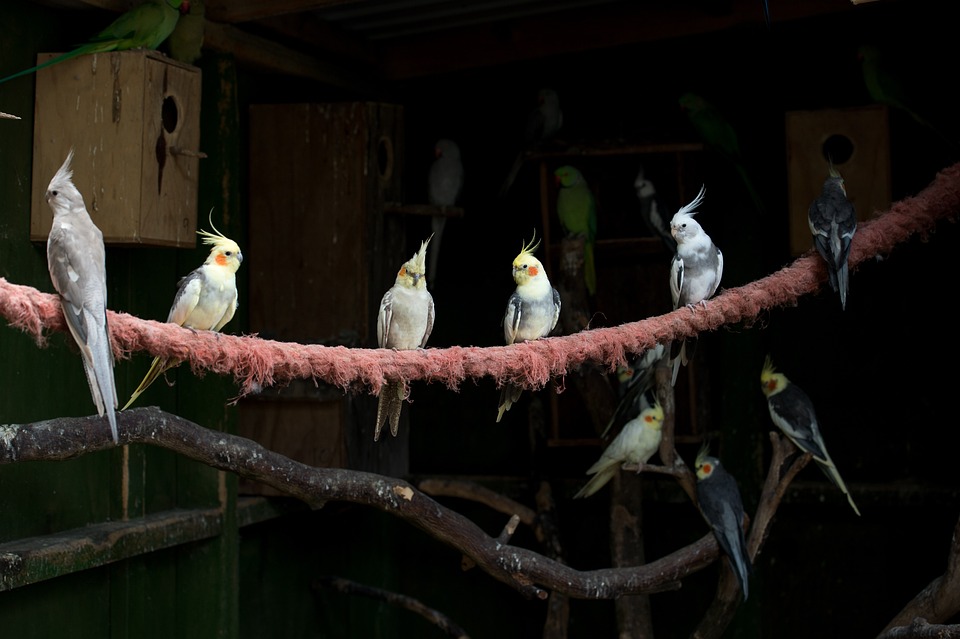Parrots are known for their vibrant plumage, intelligence, and unique behaviors. As captivating as they are, it is essential for parrot owners to understand their behavior to ensure a harmonious relationship with these magnificent creatures. One particular aspect of parrot behavior that requires attention is dominance displays. In this article, we will delve into the intricacies of parrot dominance displays, explore their significance, and provide valuable insights on how to decode these behaviors.
Dominance displays in parrots can be defined as behaviors and actions exhibited by a parrot to establish dominance or control over others in their social group. These displays are a natural part of parrot behavior and can occur in both captive and wild parrots. Understanding and decoding these displays is crucial for owners to effectively communicate with their parrots and maintain a healthy relationship.
There are several behaviors that parrots may exhibit during dominance displays. These include aggressive posturing, lunging, biting, nipping, squawking, screaming, and feather puffing. These behaviors serve a variety of purposes and can vary depending on the individual parrot and the specific situation.
The significance of dominance displays in parrots is multifaceted. Firstly, dominance displays help establish hierarchy and social order within a group of parrots. This is important for maintaining stability and reducing conflict within the group. Secondly, dominance displays communicate boundaries and establish personal space for individual parrots. This is especially important when parrots are sharing living spaces or interacting with humans. Lastly, dominance displays can also play a role in mating and courtship behavior, as parrots use these displays to attract potential mates and establish their reproductive status.
Decoding dominance displays in parrots requires a deep understanding of their body language, vocalizations, and feather display. By observing the subtle cues and signals given by the parrot, owners can gain insight into its intentions and emotions. For example, certain body postures, such as raised feathers, fluffed-up appearance, and crouching, may indicate dominance or aggression. Vocalizations and calls can also provide important clues, as different sounds may be associated with different emotions or intentions.
Common dominance displays in parrots include aggression and lunging, biting and nipping, squawking and screaming, and feather puffing and ruffling. It is important for owners to differentiate between dominance displays and aggressive behavior, as the latter can be dangerous and require immediate intervention. Understanding the context and triggers of these displays can help owners respond appropriately and minimize the risk of injury or harm.
Addressing dominance displays in parrots requires a proactive approach from owners. Creating a safe environment that minimizes potential triggers for dominance displays is essential. This includes providing ample space, appropriate toys and enrichment, and avoiding situations that may lead to stress or aggression. Additionally, establishing consistent training and reinforcement techniques can help establish boundaries and reinforce positive behaviors. Seeking professional assistance from a qualified avian behaviorist or trainer can also be beneficial in addressing complex dominance displays.
In conclusion, understanding parrot behavior, especially dominance displays, is crucial for building a successful and fulfilling relationship with these magnificent birds. By recognizing the significance of dominance displays, decoding their behaviors, and addressing them appropriately, parrot owners can create a harmonious and enriched living environment for their feathered companions. Remember, patience, consistency, and a deep understanding of parrot behavior are key to fostering a strong bond with your avian friend.









